Greatest Warrior in Asia, “Chatrapati” Volume 3 The Final Rage
# Chhatrapati Shivaji Maharaj: The Warrior King Who Redefined Indian History
Introduction
Chhatrapati Shivaji Maharaj was more than just a warrior; he was a visionary leader, a champion of Swarajya, and the pride of Bharat. Born in a time when the Indian subcontinent was reeling under the dominance of the Mughal Empire and regional Sultanates, Chhatrapati Shivaji Maharaj emerged as a ray of hope for the oppressed people of his land.
From a young age, he displayed unparalleled military acumen and a deep commitment to protecting his homeland. His ability to defy the mighty Mughal and Bijapur forces made him one of the greatest warriors in Indian history. He fought numerous battles, each a testament to his strategic brilliance and unwavering courage. This article delves into some of his most iconic battles, his final words, and his undying legacy.
The Battle of Pratapgarh (1659): Chhatrapati Shivaji Maharaj’s First Major Victory
The Battle of Pratapgarh was a turning point in Chhatrapati Shivaji Maharaj’s journey toward Swarajya. It was not just a battle; it was the first major assertion of Maratha power against the mighty Bijapur Sultanate.
The Background
In 1659, Afzal Khan, a renowned general of the Bijapur Sultanate, was sent to crush Chhatrapati Shivaji Maharaj. Afzal Khan was brutal and ruthless; he had already devastated temples and villages to instill fear in the Marathas. However, Shivaji Maharaj remained undaunted.
The Battle Strategy
Instead of engaging in open battle, Chhatrapati Shivaji Maharaj lured Afzal Khan into a personal meeting at the Pratapgarh Fort, under the pretense of negotiation. He wore an iron armor beneath his clothes and carried a concealed tiger-claw weapon (Wagh Nakh). As Afzal Khan attempted to stab Chhatrapati Shivaji Maharaj in treachery, he swiftly countered, mortally wounding him.
The Outcome
Following Afzal Khan’s death, Shivaji’s forces overran the Bijapur army, securing a decisive victory. This battle established Shivaji Maharaj as a formidable force in the Deccan.
The Battle of Surat (1664): A Bold Attack on Mughal Wealth
Chhatrapati Shivaji Maharaj’s raid on Surat in 1664 was a masterstroke of guerrilla warfare and economic strategy. The Mughals, despite their vast empire, failed to stop him.
The Background
Surat was a thriving Mughal port city, a key economic hub with massive wealth. Aurangzeb’s harsh policies against Hindus and growing Mughal oppression angered Chhatrapati Shivaji Maharaj. He decided to strike at the Mughal heart by raiding their wealthiest city.
The Strategy
On January 5, 1664, Shivaji Maharaj, with his swift cavalry forces, attacked Surat. The Mughal governor, Inayat Khan, fled, leaving the city vulnerable.
Chhatrapati Shivaji Maharaj’s forces:
- Seized vast treasures from the Mughal stronghold.
- Spared common civilians, focusing only on Mughal wealth.
- Sent a message to Aurangzeb that the Marathas were fearless.
The Outcome
Chhatrapati Shivaji Maharaj’s lightning-fast raid on Surat left Aurangzeb shaken. This battle displayed his strategic genius, showing that he could strike at the heart of Mughal power without engaging in prolonged warfare.
The Battle of Purandar (1665): A Temporary Setback
Not every battle was a victory. The Battle of Purandar (March 31 – June 12, 1665) was one of Chhatrapati Shivaji Maharaj’s rare defeats, but it displayed his diplomatic brilliance.
The Background
Aurangzeb sent his most trusted general, Mirza Raja Jai Singh, to subdue Chhatrapati Shivaji Maharaj. With a well-equipped army, the Mughals laid siege to Purandar Fort.
The Strategy
Despite fierce resistance, the fort’s defenses started to weaken. Knowing that prolonged resistance would be disastrous, Chhatrapati Shivaji Maharaj negotiated the Treaty of Purandar.
The Outcome
- Chhatrapati Shivaji Maharaj surrendered 23 forts to the Mughals but retained his independence.
- He later turned the tables by escaping from Mughal captivity and regaining lost territory.
This battle, though a loss, was a testament to Chhatrapati Shivaji Maharaj’s intelligence—he knew when to fight and when to retreat.
Chhatrapati Shivaji Maharaj’s Last Words: The Call for Swarajya
As a great king, Chhatrapati Shivaji Maharaj’s final words were not about his own legacy, but about the future of Bharat. On April 3, 1680, as he breathed his last, he uttered:
“आम्ही जातो, आमचा काळ झाला, तुम्ही सप्तसिंधू, सप्तगंगा मुक्त करा, काशीचा श्री विश्वेश्वर सोडवा, बारा ज्योतिर्लिंग या यवनांच्या हातून मुक्त करा, हिंदवी स्वराज्यात आणा, चुकुर होऊ नका…..!!”
(Translation: “I depart, my time has come. You must free the seven rivers and seven Ganges. Liberate Lord Vishweshwar of Kashi. Free the twelve Jyotirlingas from these foreign rulers. Establish Hindavi Swarajya. Do not make mistakes…!!”)
These powerful last words were a final call for Swarajya—a reminder that his mission was not yet complete, and that his people must continue the fight for freedom.
Conclusion: The Everlasting Legacy of Chhatrapati Shivaji Maharaj
Chhatrapati Shivaji Maharaj was more than just a warrior—he was a visionary king, a protector of Dharma, and the architect of Swarajya. His battles were not fought for personal glory but for the freedom and dignity of his people.
His legacy lives on:
- The Maratha Empire grew into one of India’s most formidable forces.
- His guerrilla tactics influenced freedom fighters like Rani Lakshmibai and Subhas Chandra Bose.
- His ideals continue to inspire millions across India today.
Chhatrapati Shivaji Maharaj’s story is a testament to resilience, leadership, and unwavering faith in one’s mission. His name is etched forever in the annals of history, a beacon of courage and an eternal symbol of Swarajya.
Jai Bhavani! Jai Shivaji!
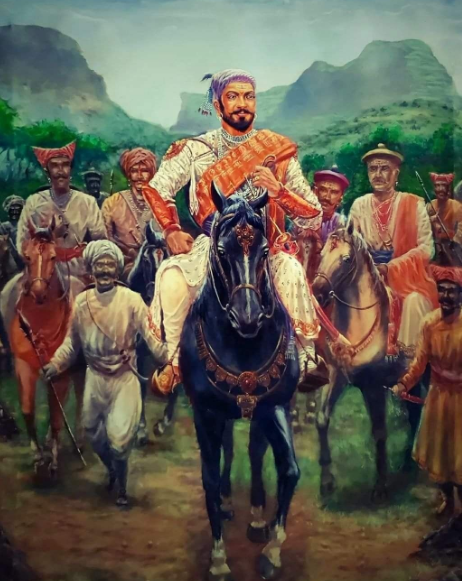


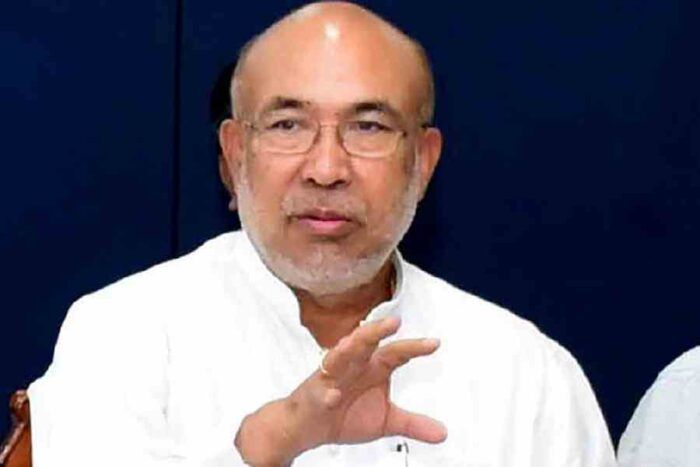
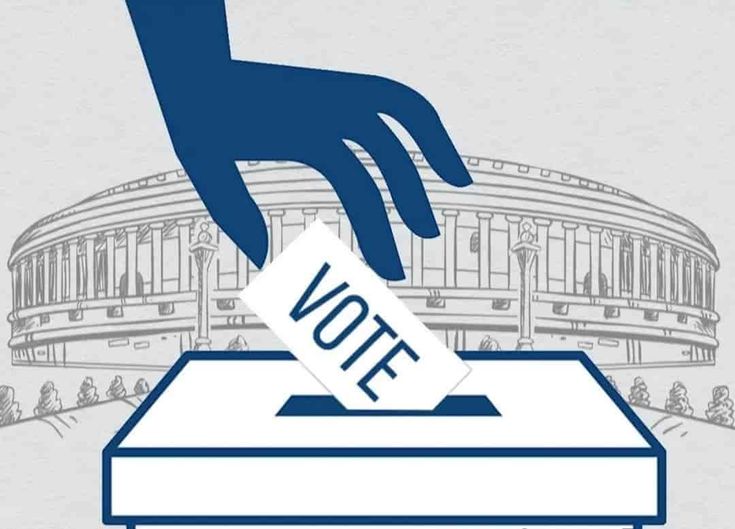

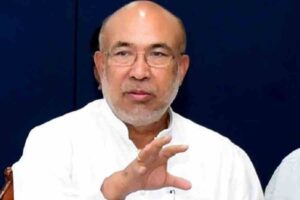





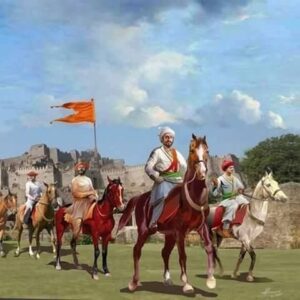

Post Comment